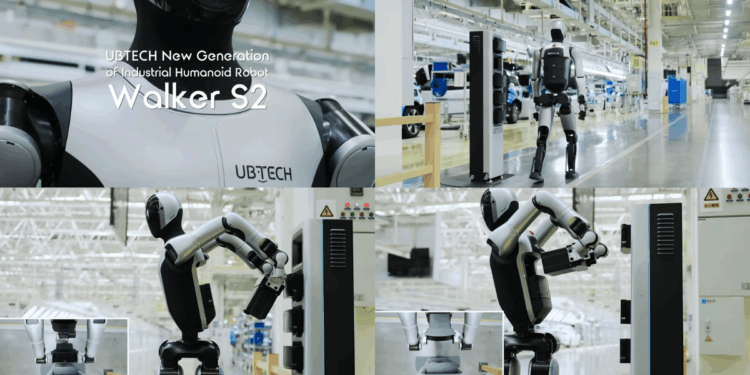China’s UBTech Launches Self-Sustaining Robot Worker
On 18 July, Shenzhen-based UBTech Robotics introduced the Walker S2, the world’s first humanoid robot capable of autonomously replacing its own batteries in under three minutes.
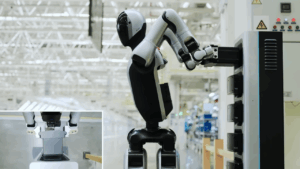
This breakthrough positions the robot for uninterrupted 24/7 operation in industrial settings—eliminating human intervention and downtime due to recharging.
Battery Swaps Without Human Help
At the core of the Walker S2’s innovation is its autonomous hot-swappable battery system. The robot detects low power, navigates to a charging dock, removes its depleted battery, and installs a fresh one—all independently. This process, captured in a video demonstration, takes about three minutes and requires no shutdown, ensuring continuous task execution on factory floors.
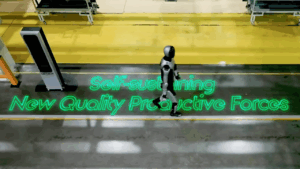
The robot also features a dual-battery balancing system. In the event of a battery failure, it seamlessly switches to a backup power source. Depending on task urgency, it can decide whether to charge or swap batteries, allowing for adaptive, real-time energy management.
Built for the Factory of the Future
UBTech designed the Walker S2 with dynamic industrial environments in mind. It walks on two legs with anthropomorphic agility and operates with high precision. Standardized battery modules further streamline integration, making it ideal for large-scale manufacturing.
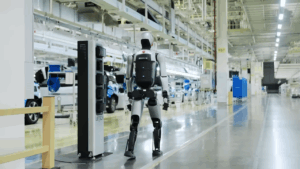
The company envisions the robot as part of a broader shift towards “self-sustaining productivity” in intelligent manufacturing. It already partners with major Chinese firms like BYD, Geely, and Foxconn. Over 500 units across the Walker S series have been ordered for factory use.
From Solo to Swarm: Robots That Work Together
Earlier this year, UBTech demonstrated coordinated humanoid robot operations at Zeekr’s 5G-enabled smart factory. The initiative saw multiple Walker S1 robots—Walker S2’s predecessor—working in sync on complex tasks such as inspection, assembly, and component handling.
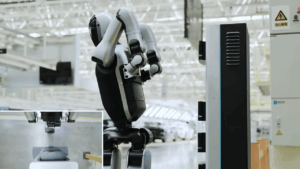
This was made possible through UBTech’s BrainNet system, which connects a cloud-based “super brain” with robot-level “sub-brains.” The framework enables robots to share data, adapt in real time, and execute distributed tasks collaboratively. Powered by DeepSeek-R1 and Retrieval-Augmented Generation (RAG) technology, BrainNet allows the robots to learn from real-world factory conditions and refine their functions continuously.
Next-Gen Automation at Scale
With real-world deployments showing significant efficiency gains—such as a 120% rise in sorting speed at BYD and a 65% reduction in labor costs at Lynk & Co—UBTech’s humanoid robots are no longer confined to research labs. They are now an integral part of China’s push toward automated, high-efficiency production lines.
Walker S2’s self-powering capability marks a major step toward factories run by fully autonomous humanoid workers—available anytime, anywhere, without needing a break.
Watch the video here:
More from Wake Up Singapore:-
Man Rents Humanoid Robot to Do House Chores and Keep Him Company
China Debuts First Robot Kickboxing Tournament Featuring Remote-Controlled Humanoids
No Longer Clanky Machines: The Jaw-Dropping Leap Toward Lifelike Robot ‘Humans”
If you have a story or a tip-off, email admin@wakeup.sg or get in touch via Whatsapp at 8882 5913.
Interested in advertising on our media channels? Reach out to us at admin@wakeup.sg!
Since you have made it to the end of the article, follow Wake Up Singapore on Telegram and X!
Wake Up Singapore is a volunteer-run site that covers alternative views in Singapore. If you want to volunteer with us, sign up here!
If you can, please do consider buying a mug or two to support Wake Up Singapore’s work!



